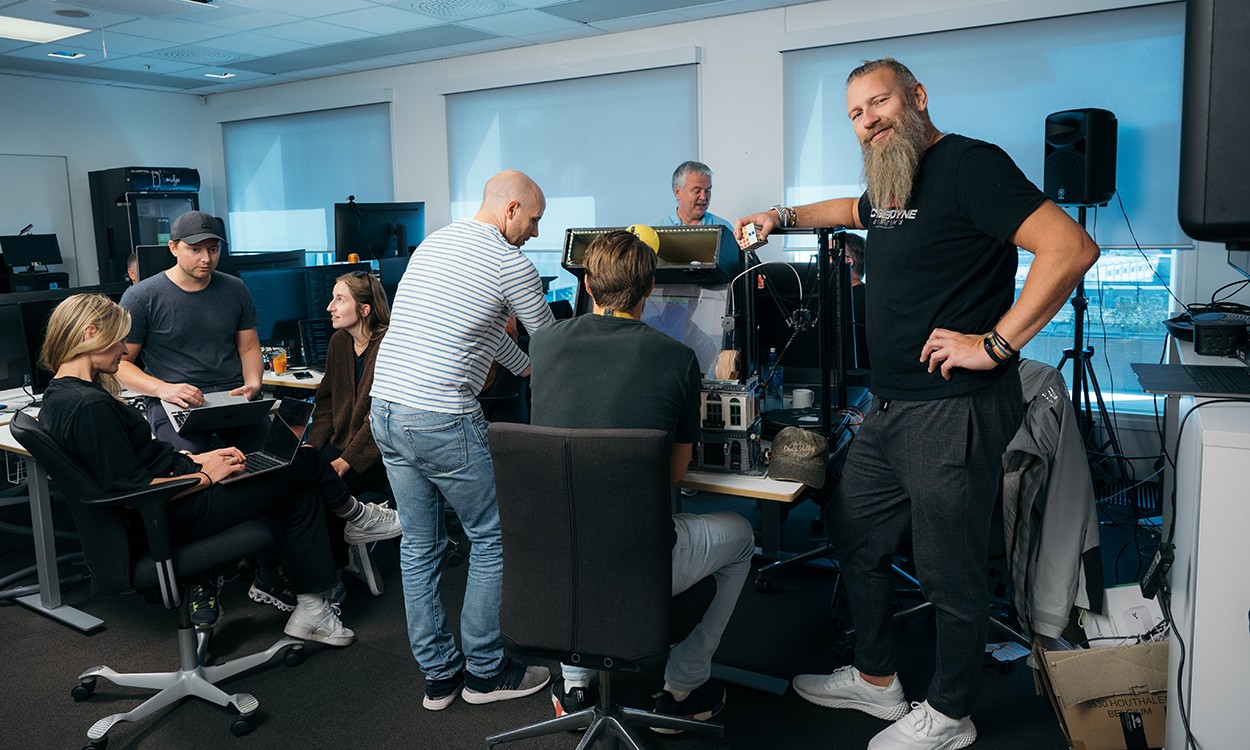50 billion transistors on the same area as a fingernail.
With its new production method, IBM has succeeded with transistor-proof chips. Each transistor consists of three nanolayers that are 40 nanometers wide and only five nanometers high. This is to compare at the same height as the two strands of DNA.
– Increasing the number of transistors per chip can make it smaller, faster, more reliable and efficient, IBM says.
It was only four years ago that IBM introduced its first 5 nanometer-based chip, which was also a revolution at the time.
According to IBM, the performance of this new chip is 45 percent better than the most advanced chips we know today, which are produced using the 7 nanometer production method.
According to IBM, the power consumption of the new chip is also much lower. They show that its power consumption is 75 percent lower than an equivalent sy nanometer chip.
Save a lot of electricity
Low power consumption offers several advantages. For example, a cell phone will be able to be used as it is now and only charged every four days, simply because it consumes less. Not to mention how much power large data centers could save if they switched to new processors.
Huawei’s Kirin 9000, which was launched last fall, is based on five-nanometer technology, while AMD and Qualcomm are still making chips with seven-nanometer production.
The former absolute world leader in microprocessors, Intel, will not be ready for production with seven nanometers until 2023. They currently mainly use 10 and 14 nanometer production methods. However, they have a higher transistor density, so it’s not completely comparable.
TSMC Taiwan is expected to be ready with 3 nanometers and 4 nanometers next year.

“Music maven. Evil pop culture lover. Unapologetic creator. Friend of animals everywhere.”






